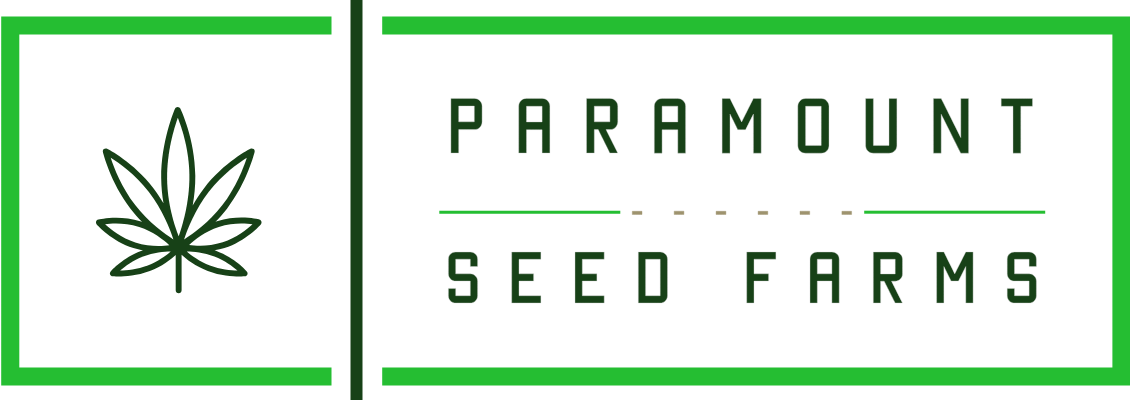Problem: A boron deficiency in cannabis is relatively rare unless a plant is underwatered or in a really dry environment, and is usually accompanied by other types of nutrient or pH problems that appear as problems with theleaves.
The first signs of a cannabis boron deficiency is abnormal or thick growth tips along with brown or yellow spotting on new leaves.


With a boron deficiency, upper cannabis leaves display abnormal and/or slowed growth. Growing tips may not grow properly, may display twisted growth, and may die off. New leaves may wrinkle or curl.
Plant roots can also be affected by a boron deficiency, showing unhealthy or slow growth. Stems may become rough or hollow. Boron deficiencies are more likely to appear when a plant is underwatered or experiencing very low humidity (very dry air).
A plant with a boron deficiency may look like it has a calcium deficiency because boron is needed for the plant to properly use
calcium. New growth is affected the most, and may look like it’s been burnt or scorched. A boron deficiency is often accompanied by an apparent
potassium or
nitrogen deficiency, as these nutrients are needed for the plant to use boron.
Solution for Boron Deficiency in Cannabis
Note: Sometimes a cannabis boron deficiency (like all deficiencies) can be triggered by stressful conditions and may clear up on its own after the period of stress is over.
1.) Use Good Sources of Nutrients
Most cannabis growers don’t need to add more nutrient. In fact, most growers have actually already given plenty of boron to their cannabis plants, whether they meant to or not. If you’re using quality soil or cannabis-friendly nutrients, you probably don’t need to worry about adding more boron. Boron deficiencies are generally more likely to appear when a grower is using heavily filtered or reverse osmisis (RO) water to feed plants, since boron is found in most tap water, but that’s actually not the most common reason growers see boron deficiencies in their cannabis plants! As long as you’re giving your plants a good source of nutrients, you probably need to…
2.) Adjust pH to Correct Range
But the reason most growers see boron deficiencies is because boron is best absorbed at lower pH ranges. When the pH gets too high, your plant may exhibit signs of a boron deficiency even if it’s physically there near the roots.
Learn how to manage your pH when growing cannabis.
In soil, boron is best absorbed by the roots in the 6.0 – 6.5 pH range (in soil, it’s generally recommended to keep the pH between 6.0 – 7.0, but boron specifically tends to be best absorbed below 6.5).
In hydro, boron is best absorbed by the roots in the 5.5 – 6.2 pH range (in hydro, it’s generally recommended to keep the pH between 5.5 – 6.5, but boron specifically tends to be best absorbed below 6.2).
3.) Give Plants Enough Moisture
Boron is not absorbed well if there isn’t enough moisture, for example if plant is underwatered or humidity is very low (below 25% relative humidity in the air). Proper watering practices will help prevent underwatering, and a humidifier may be needed to achieve the best growth if your grow room is very dry.
4.) Watch Leaves for Recovery
If you suspect your growing cannabis plant has a boron deficiency, flush your system with clean, pH’d water that contains a regular dose of cannabis-friendly nutrients. Old damaged growth will likely not recover. Watch plant over next few days to make sure that the problem stops spreading to new growth.
